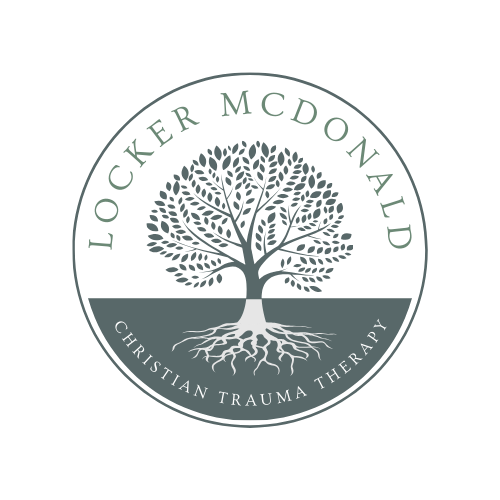What is EMDR?
Eye Movement Desensitization and Reprocessing (EMDR) is a powerful, evidence-based therapy designed to help individuals process and heal from trauma, distressing memories, and negative beliefs about themselves. Unlike traditional talk therapy, EMDR focuses on reprocessing the brain’s response to past events, allowing you to experience relief and move forward without being trapped by the pain of the past.
How Does EMDR Work?
When we experience trauma, our brain sometimes struggles to process the event fully, leaving us stuck with unresolved emotions, intrusive thoughts, or physical reactions. EMDR helps the brain reprocess these “stuck” memories, so they lose their emotional charge and become more manageable.
The process includes eight structured phases:
- History Taking: Together, we explore your history to identify the root of your distress and create a treatment plan.
- Preparation: You’ll learn coping techniques to manage any strong emotions that arise during sessions.
- Assessment: We’ll identify specific memories, negative beliefs, and emotions to target during treatment.
- Desensitization: Using bilateral stimulation (typically eye movements, tapping, or auditory tones), you’ll process the targeted memory while staying grounded in the present.
- Installation: Positive beliefs, such as “I am safe” or “I am worthy,” are reinforced to replace the negative ones.
- Body Scan: You’ll check for lingering physical tension or distress related to the memory.
- Closure: Each session ends with grounding exercises to ensure you leave feeling safe and centered.
- Reevaluation: We’ll revisit the work in future sessions to ensure progress and make adjustments if needed.
How Do I Know if EMDR is Right for Me?
EMDR is often recommended for individuals who:
- Struggle with the effects of trauma, such as flashbacks, nightmares, or hypervigilance.
- Feel stuck in negative thought patterns or self-beliefs (e.g., “I’m not good enough,” “I’ll never be safe”).
- Experience distressing physical reactions or intense emotional responses tied to past events.
- Have tried traditional talk therapy but feel like it hasn’t fully addressed their pain.
EMDR is used to treat more than just trauma—it can also help with anxiety, depression, phobias, and other issues where distressing memories play a role.
What to Expect During EMDR
While EMDR can feel intense at times, it is a collaborative process, paced to ensure your comfort and safety. You won’t be asked to relive your trauma but to engage with it in a way that allows your brain to heal. Over time, memories that once felt overwhelming will feel less emotionally charged, allowing you to reclaim your peace and sense of control.
If you’re curious whether EMDR might be right for you, let’s explore it together. Healing from trauma is possible, and EMDR is a powerful tool to help you move forward into freedom and wholeness.
